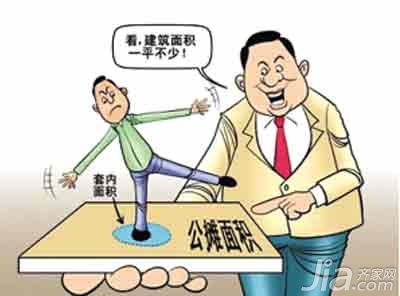Home inspection of the five major tricks teach you to break the various

Five Essential Home Inspection Tips to Avoid Common Pitfalls
When it comes to house inspections, the quality of the property is becoming increasingly important. But how do homebuyers identify potential issues? Here are five common problems and practical solutions to help you avoid them during your home inspection.
Issue 1: Missing Developer Documents
Before moving in, always ask the developer for essential documents such as the "Residential Quality Assurance Certificate," "House Use Manual," and the "Completion Acceptance Form" (commonly known as "Two Books and One Form"). You should also check other related forms like the "Housing Transfer Inspection Form" and "Acceptance Checklist." These documents are crucial before signing any move-in agreement.
Solution: If the required documents are missing, consider refusing to take possession. If you must proceed, make sure to note “No [Document Name]†in the relevant forms and keep copies of all documents for your records.
Issue 2: Unfavorable Housekeeping Procedures
Some developers require buyers to pay first, fill out paperwork, and then inspect the house. This can put buyers in a weak position, as they may not have the chance to fully assess the condition of the property before committing.
Solution: Add an additional clause to the contract stating that the house must be inspected before it is accepted. If the original contract doesn’t include this, write “Not Inspected†on the move-in form. If problems arise, discuss them with the developer directly.
Issue 3: Construction Quality Issues
During inspections, homeowners often find problems such as cracked walls, damaged floor tiles, water leaks, or even structural issues. Some developers try to prevent these from being documented, which could lead to future disputes.
Solution: Always document every issue, no matter how small. Even if the developer’s staff is present, make sure to record all defects in the official inspection forms. This protects your rights and ensures the developer is held accountable.
Issue 4: Poor Waterproofing in Bathrooms
Many homes suffer from inadequate waterproofing in wet areas like bathrooms and kitchens. For example, some bathroom walls don't reach the recommended 30 cm height, and shower areas may not meet the 1.8-meter standard.
Solution: Ensure full "barrel" waterproof treatment is applied around the entire bathroom. The waterproof layer should extend at least 20–30 cm up the walls. For shower areas, the waterproof height should be at least 1.8 meters. Make sure the walls are fully treated to prevent leaks.
Issue 5: Unfulfilled Promises About Amenities
During the inspection, it's important to verify that the community’s overall design matches what was promised. This includes things like garages, clubhouses, gardens, and even exterior wall colors and materials. These details are often part of the developer’s sales promises.
Solution: Clarify all details in the purchase contract. When inspecting the property, define clear acceptance criteria for both the facilities and the interior. It's also a good idea to attach design and construction drawings to the contract and ensure they are legally binding.
Home inspection, decoration process, house renovation, housing, bathroom design, waterproofing, floor tile, bathroom leak, design drawing, overall bathroom, bathroom renovation
Micro diaphragm pump,industrial pump,liquid transfer pump,diaphragm water pump,Gas diaphragm pump
Changzhou Yuanwang Fluid Technology Co., Ltd. , https://www.ywfluid.com
